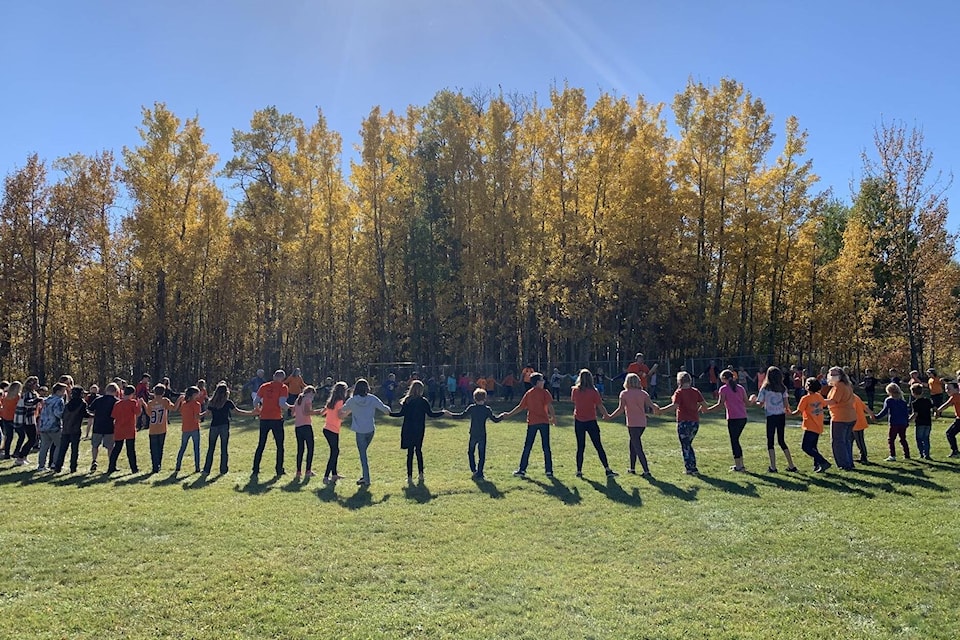Reconciliation is ever evolving in Canada and something that is now being integrated more and more into some Alberta schools. Some school divisions, including Wetaskiwin Regional Public Schools, have even created safe spaces for Indigenous students to smudge, pray, or have a quiet moment.
Indigenous Support Worker with Wetaskiwin Regional Public Schools, Karlene Cutknife says that something she sees Indigenous youth struggling with today is connection to their heritage and culture.
She has noticed that currently there are a lot more Indigenous youth resisting speaking about aspects of their culture including dancing, drumming and elders.
Cutknife says she is unsure if part of this is to do with so many Indigenous youth growing up in foster care or in general just not being raised around it.
“The connection piece is kind of missing,” she says.
READ MORE: Dr. Wilton Littlechild: Everyone must work together for true reconciliation
She states that her job is to help students spiritually, mentally, physically and emotionally and says her, “commitment would be towards healing.”
As a resource for these kids she says that mainly she tells students her story and lets them talk to her about their lives and connect.
“My focus is to create a better future for Indigenous and non-Indigenous [children].”
In her role Cutknife states that continuing to learn and research about Indigenous history, including the residential school system, and healing is crucial.
“The best way forward is research and information.”
This week in cadence with National Truth and Reconciliation Day, Cutknife organized for a local Elder to come to Falun Elementary School and share her story and a prayer. The Elder was accompanied by a traditional drummer who performed an honour song.
Cutknife explains that the honour song is to honour residential school survivors.
A residential school survivor who performed men’s fancy dance also came to the school.
In addition to special events on truth and reconciliation, Cutknife says, “my focus is everyday.”
One of the regular activities that she organizes is a morning smudge and group prayer ahead of morning bell at Falun School. With permission from their parents, students, both Indigenous and non-Indigenous, gather in the morning to smudge and clear the energy for the day. They also pray, usually asking for everyone to be kind and loving in the blessings.
Cutknife has also seen students regularly use Pigeon Lake Regional School’s newly named ‘The Culture Room’ to alleviate anxiety and clear their energy.
Cutknife hopes that moving forward more students feel comfortable to use these safe spaces and to learn about Indigenous heritage, making way for the youth of today to be a part of truth and reconciliation and at home with their culture.
Read more stories about Truth and Reconciliation here.
